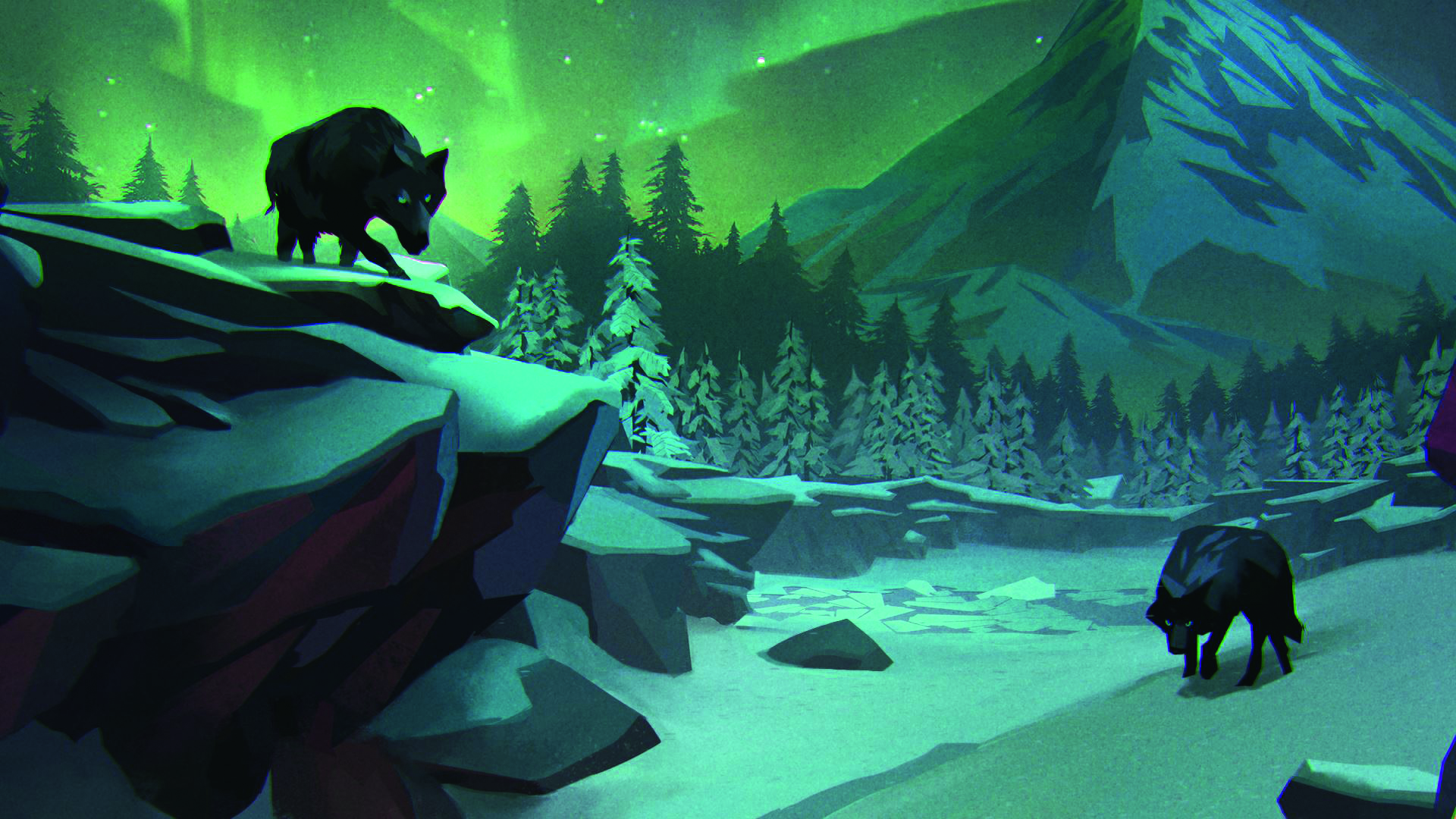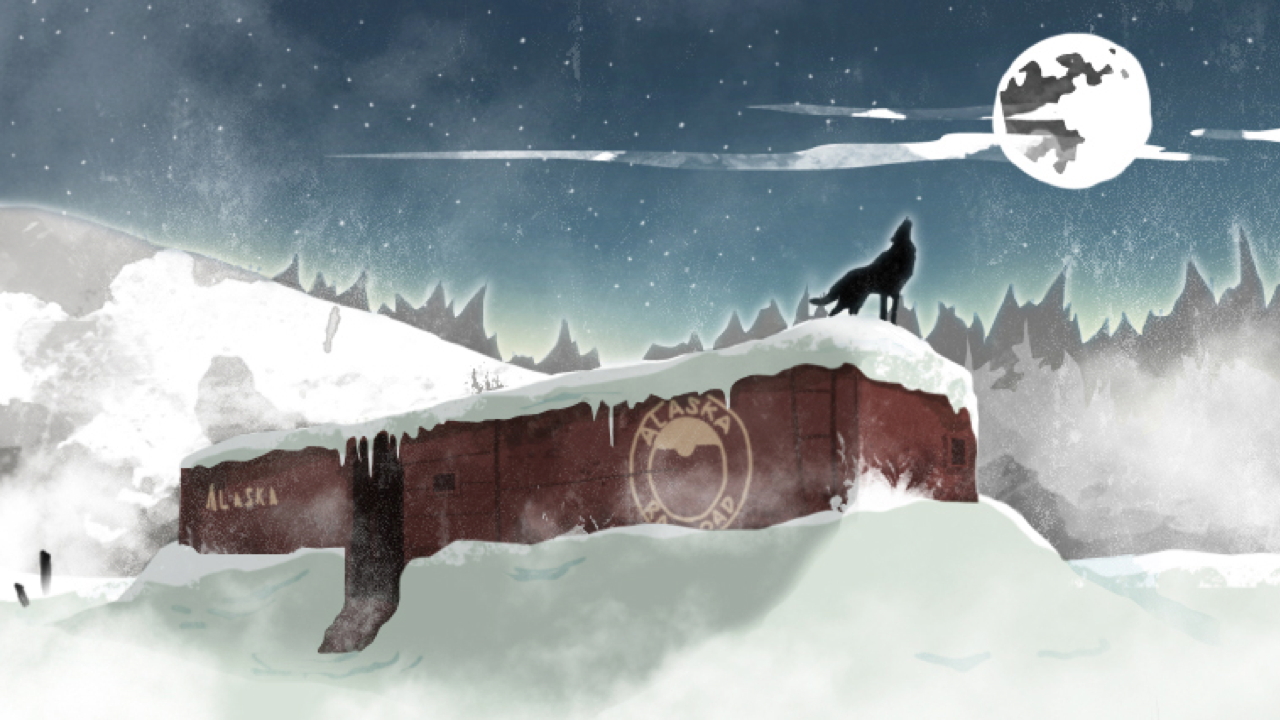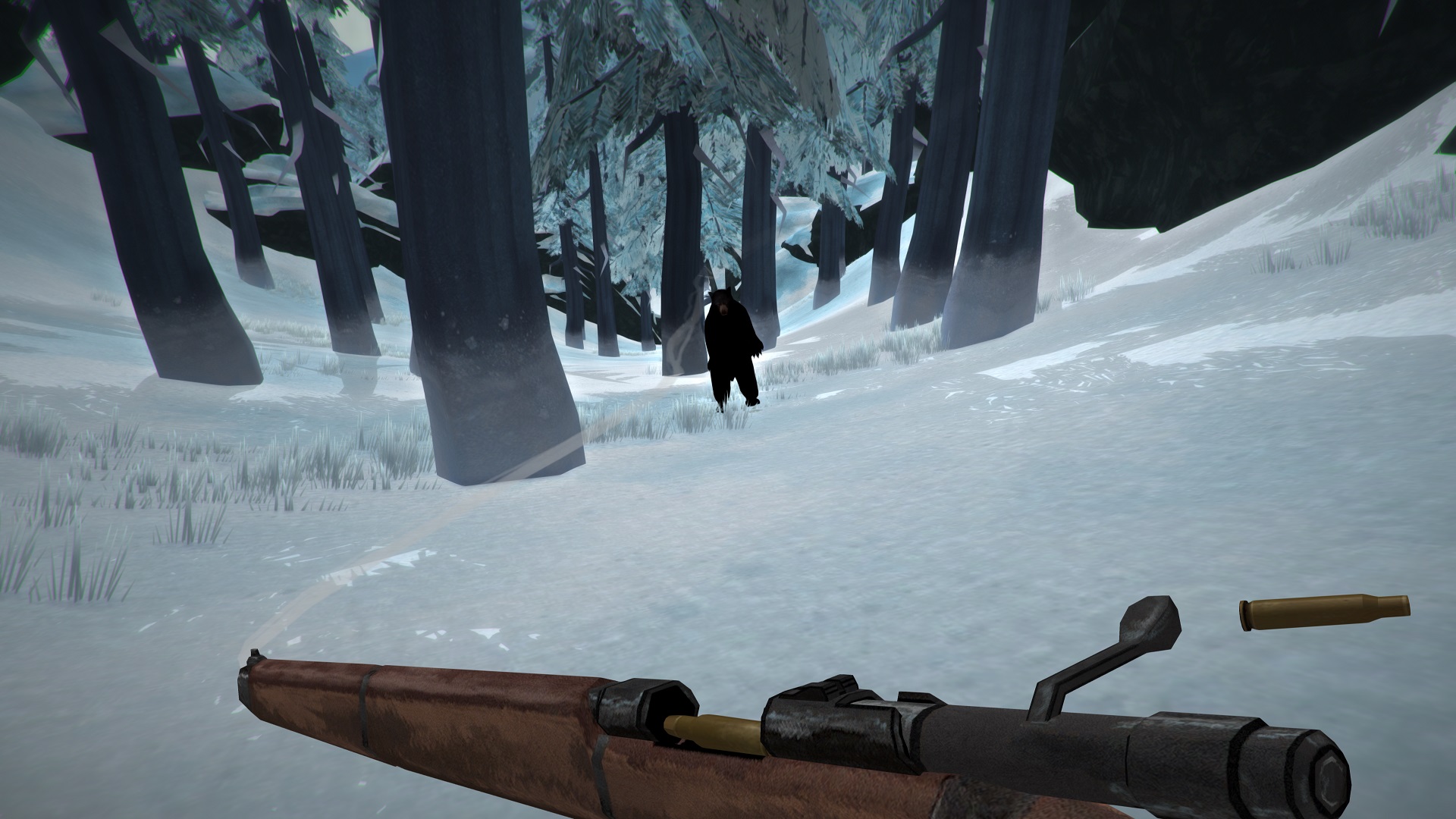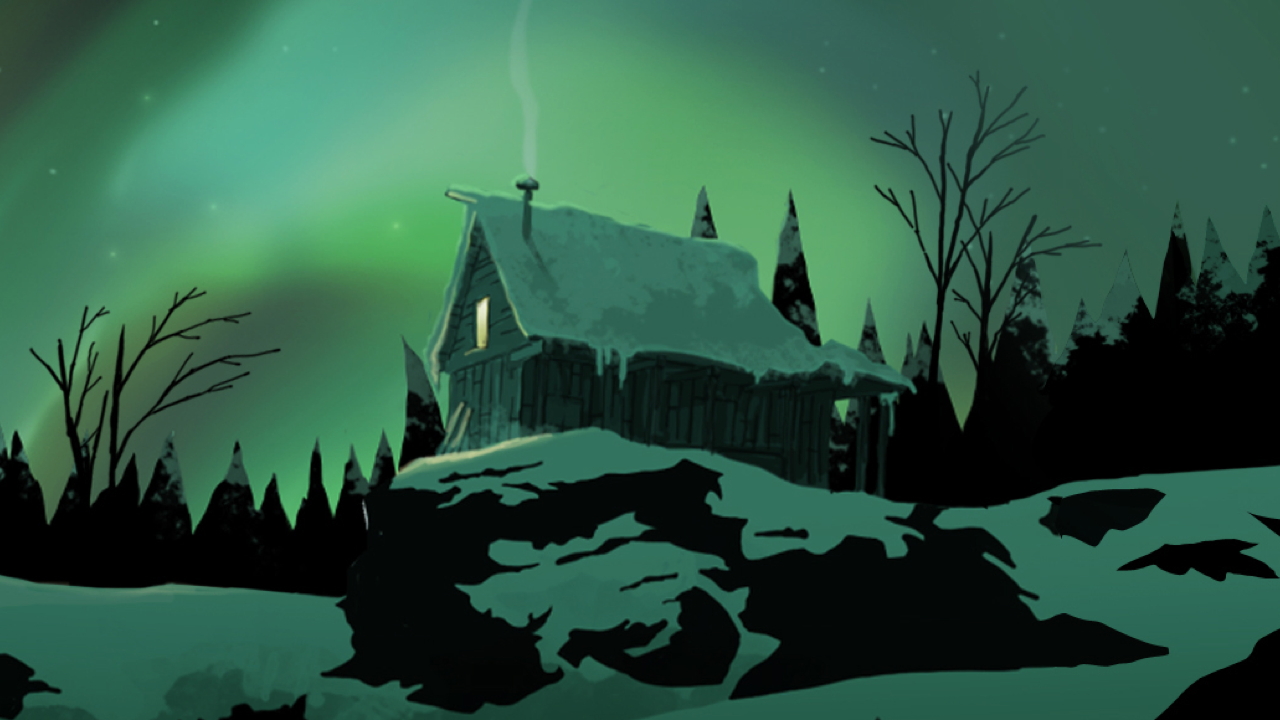Exploring The Long Dark’s frozen wilderness, and climbing to the top of its highest peak

There’s a cabin by a frozen lake. Inside, I find a journal. The writer, a climber, describes a ‘deafening noise’ and a ‘fire on the mountain’ and says he’s going to investigate. I decide to follow in his footsteps. At dawn I emerge from the cabin and gaze up at Timberwolf Mountain, the highest in the region, and notice the silhouette of a man-made object resting precariously at its peak.
There are no objectives in The Long Dark, and no map telling you where to go. If I hadn’t found that journal, I might never have realised there was something up there. It’s a game that encourages and rewards exploration, but you have to work for it. Its Canadian wilderness is a brutal place, where death lurks around every corner. If the wolves don’t get me, the freezing chill of the wind or the creep of starvation will. And then the wolves will get me. Either way: the wolves win.

With that in mind, I make sure I have enough supplies for my trip. I bring food, water, matches, firewood, an oil lantern, a bedroll, a hatchet and a hunting rifle. Then I begin my ascent, starting with a hike up the frozen river that feeds the lake. As I trudge through a forest I see something ahead, half-buried in a snowdrift. It’s a jet engine, and a big one at that. Could the ‘fire on the mountain’ the climber described have been a plane crash?
To get to the top of Timberwolf Mountain I need to go through a cave network that cuts through it. I carefully make my way through the claustrophobic, winding corridors of rock, lit only by the warm glow of my lantern, until I see sunlight pouring through an opening ahead. I step through it and find myself in a beautiful snow-dusted valley. I continue my hiking trip, occasionally hauling myself up steep cliffs with climbing ropes left behind by some mountaineer – perhaps the same one who wrote the journal.

Of course, The Long Dark is a survival simulator, and I constantly have to take care of my feeble body as I hike through the snow. I stop frequently to eat, drink, and rest, and as the daylight begins to dwindle I find a comfier somewhere to bed down for the night. The hunting rifle makes short work of any wolves who try and attack, and I harvest their meat to keep my energy up. But even if you know the game’s systems inside out, a simple mistake can be deadly - and death is permanent.
I decide to camp in a cave for the night, and inside I find the frozen body of a climber. I can’t tell how long he’s been dead, but I get the feeling the author of the journal never made it to the top of the mountain. It’s a tragic scene, but I have to dig through his pockets and backpack for supplies. I find a few energy bars and a pair of cosy gloves. Don’t judge me: he won’t be needing them any more.

The next morning I wake up early, cook breakfast by the fire, then begin the last stage of my ascent. A light snow begins to fall as I clamber up a rocky cliff and, finally, I’m at the top. The shape I saw from the lake was, as I suspected, a crashed plane. Parts of it are scattered everywhere including the landing gear, the wing and the tail section, which I can see is filled with crates. It seems to have been a cargo plane, brought down by the cataclysmic event that plunged the world into this deep, unnatural winter.
Sign up to the GamesRadar+ Newsletter
Weekly digests, tales from the communities you love, and more
The crates are full of useful stuff: warm clothes, canned food, bottled water, medical supplies. There’s a flare gun too, which should scare away any bears I encounter. And I would have missed out on all this if I didn’t read that journal back in the cabin. This is what makes exploration in The Long Dark so satisfying. When you discover something like this, you really feel like you’ve earned it. Other games would be screaming at you to visit this place, but Hinterland know that finding it yourself is much more rewarding. Waypoints and signposts achieve little but to make games that thrive on exploration feel small and artificial. Littered with secrets waiting to be found organically, it’s always worth braving the long dark.
This article originally appeared in Xbox: The Official Magazine. For more great Xbox coverage, you can subscribe here.


